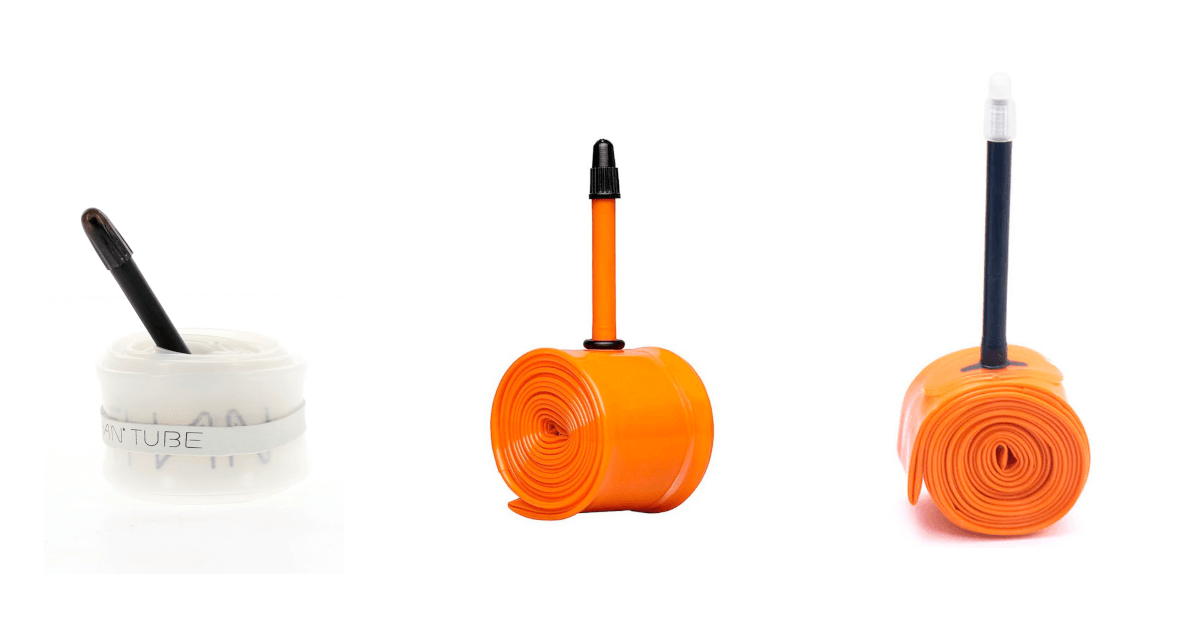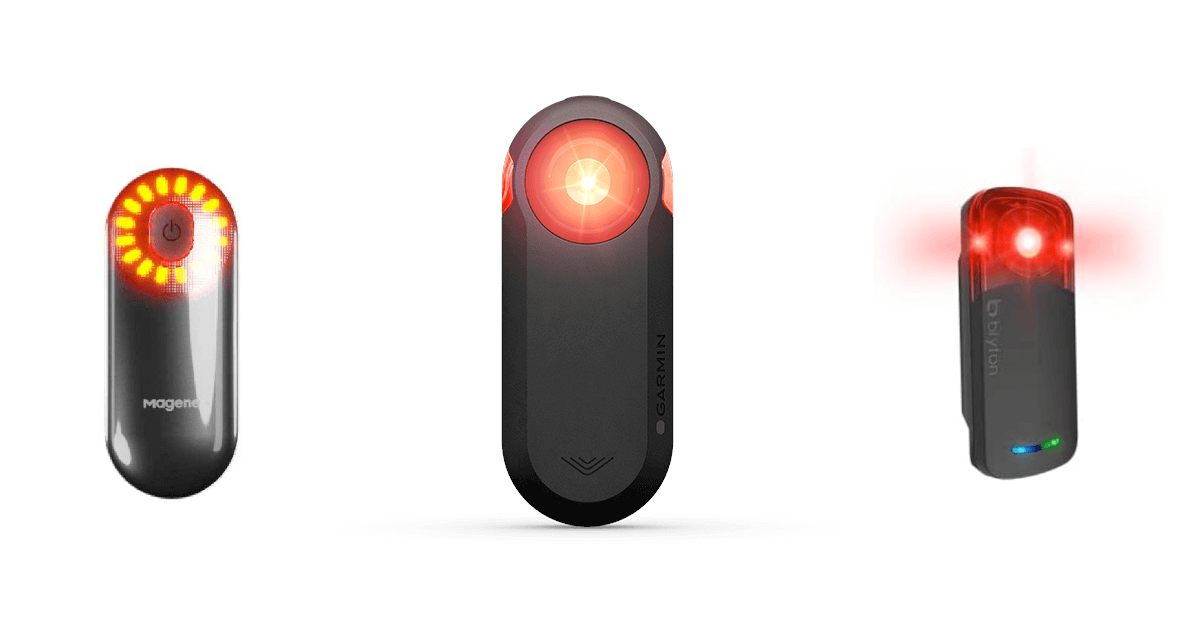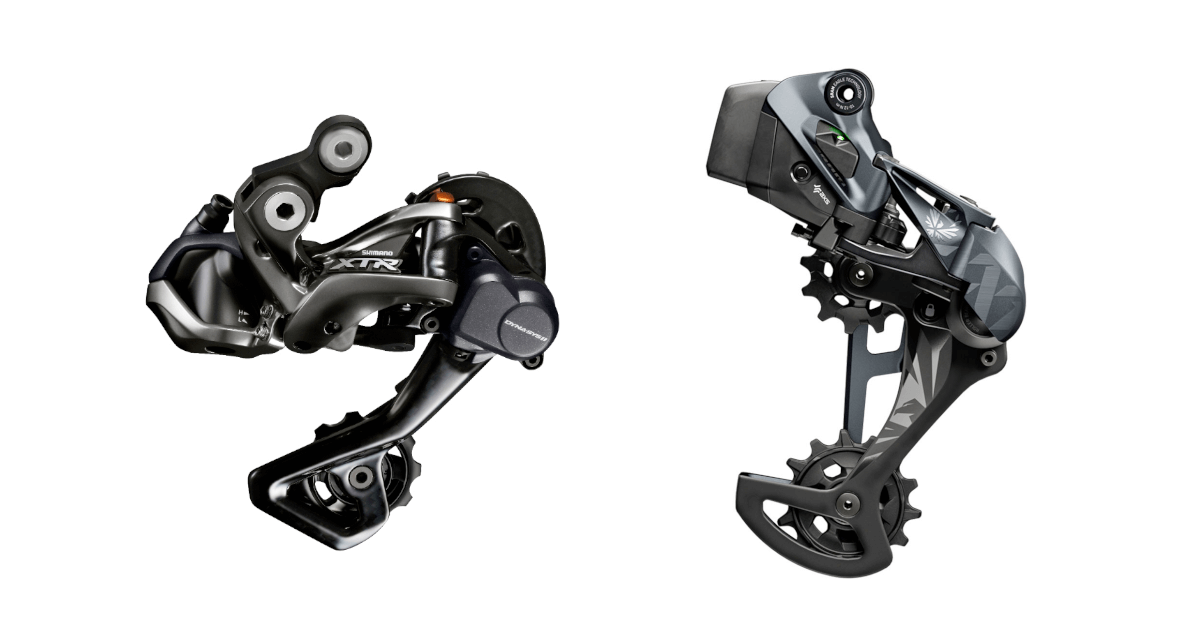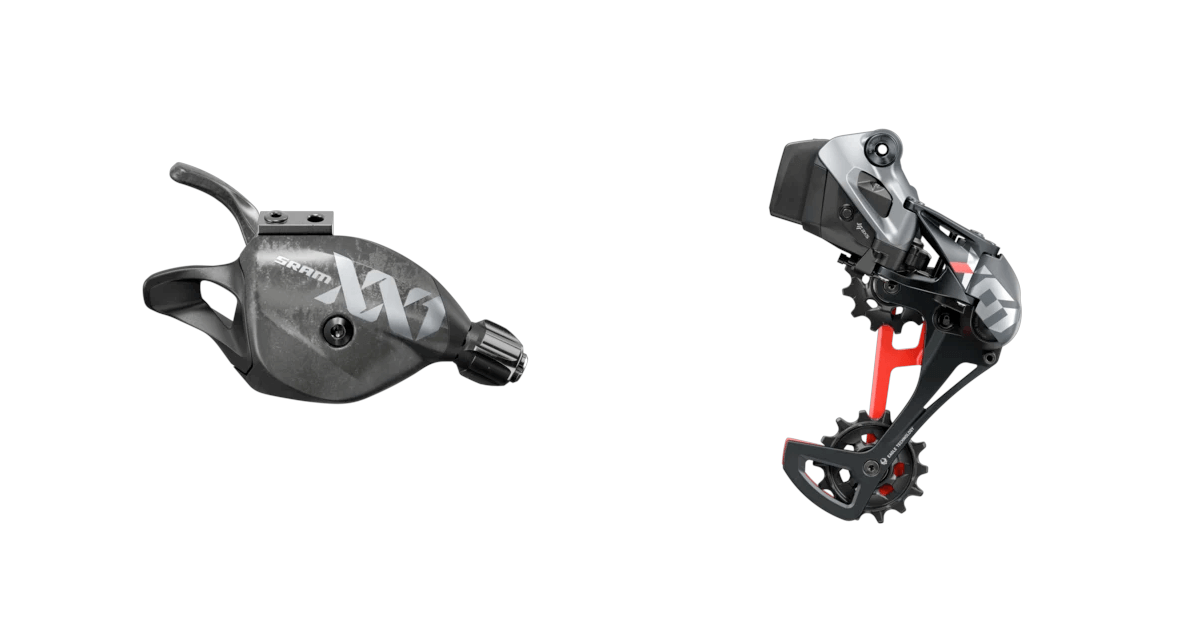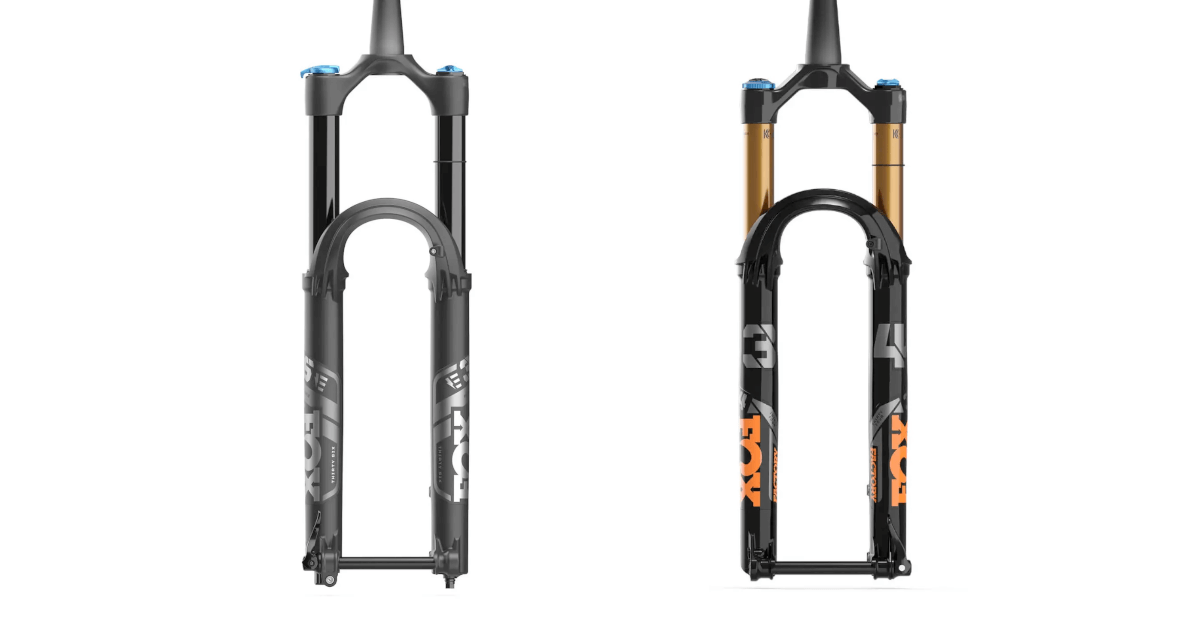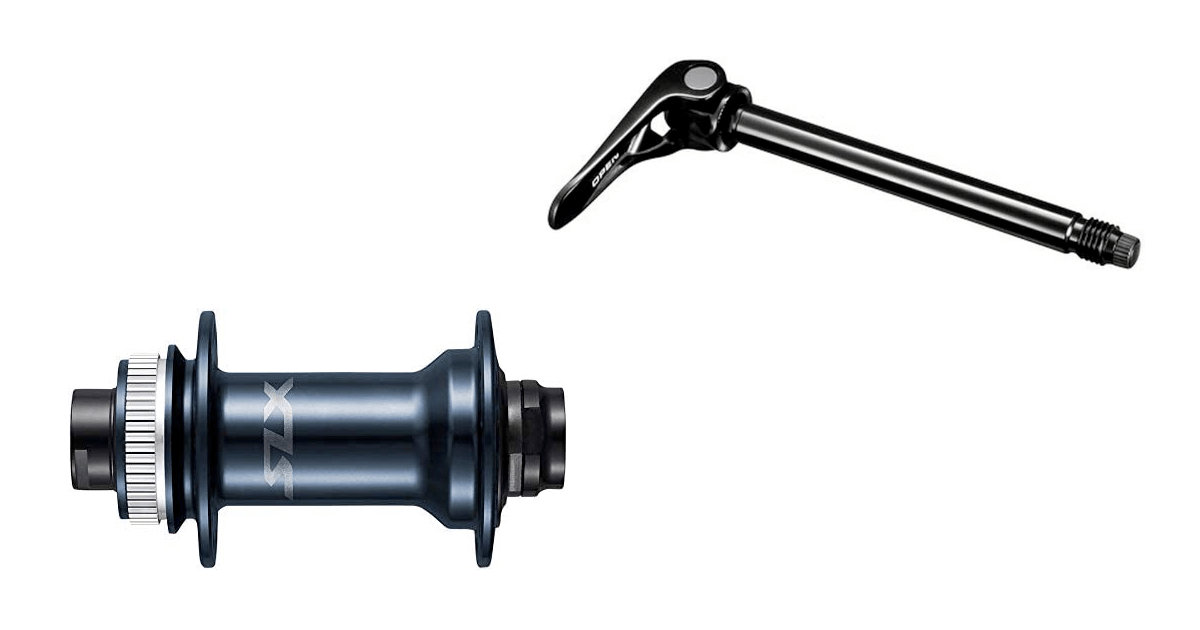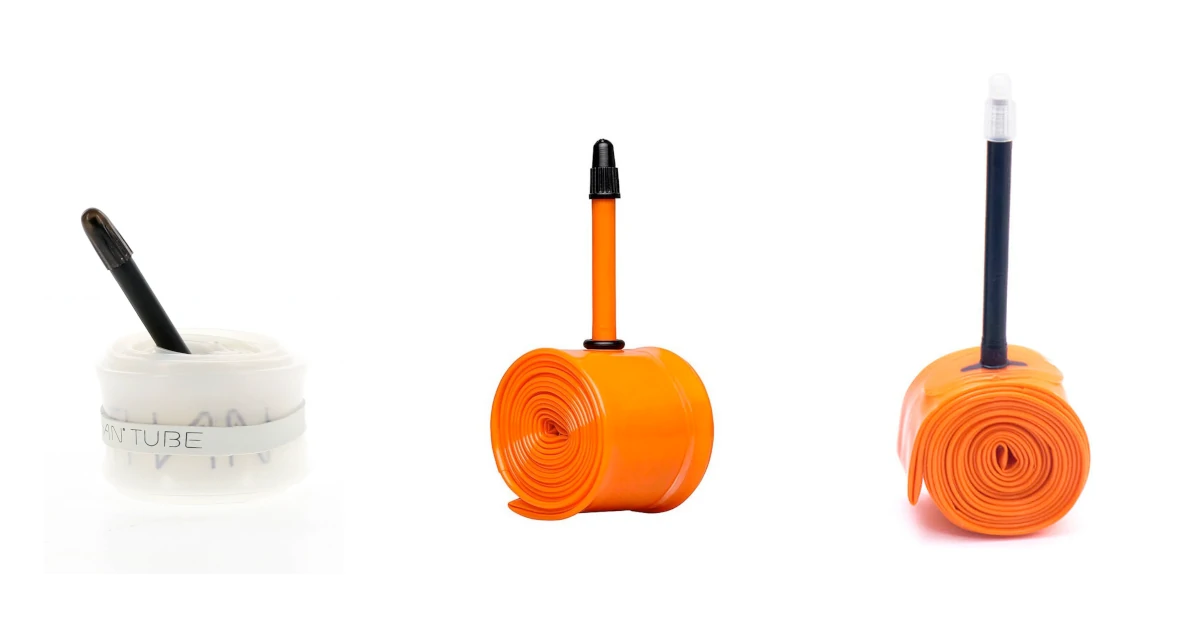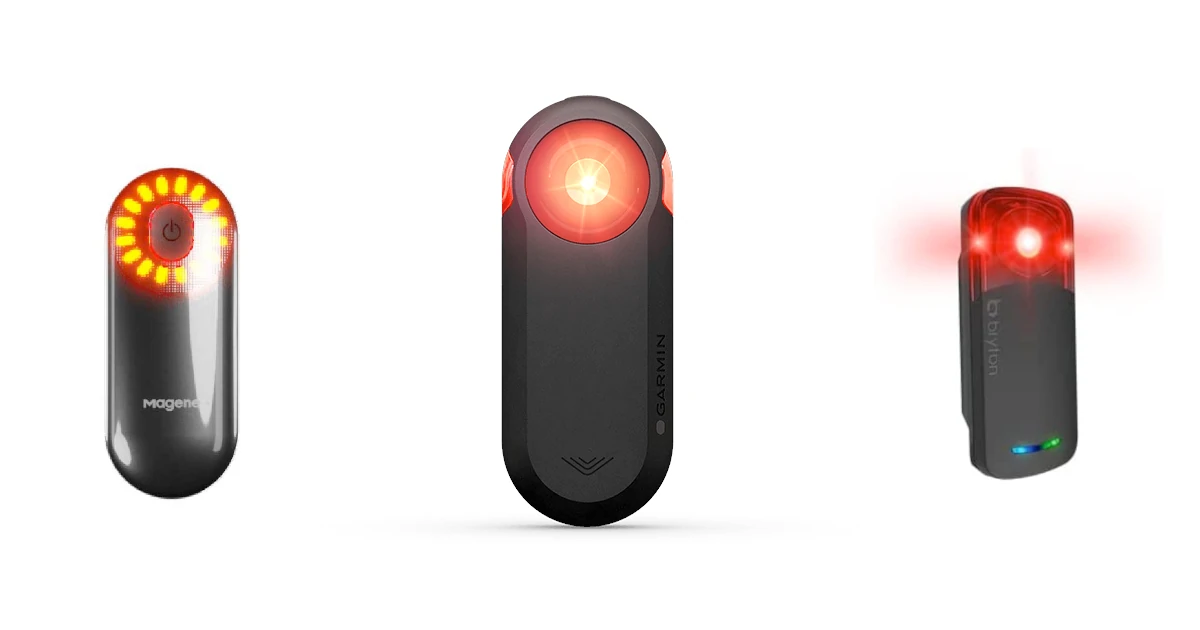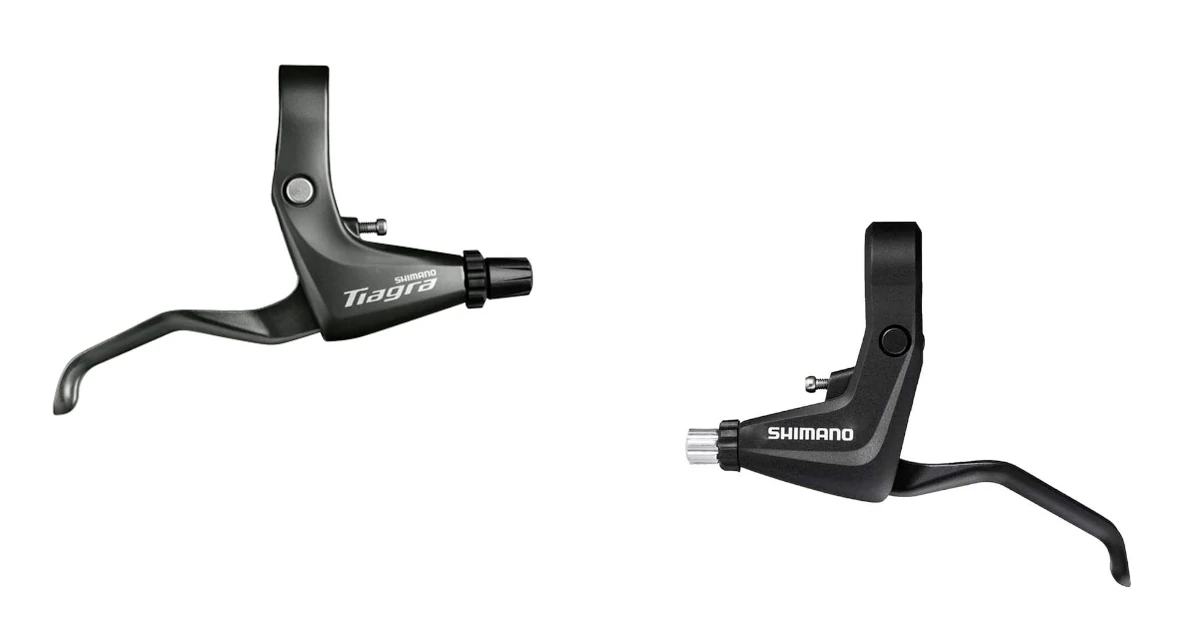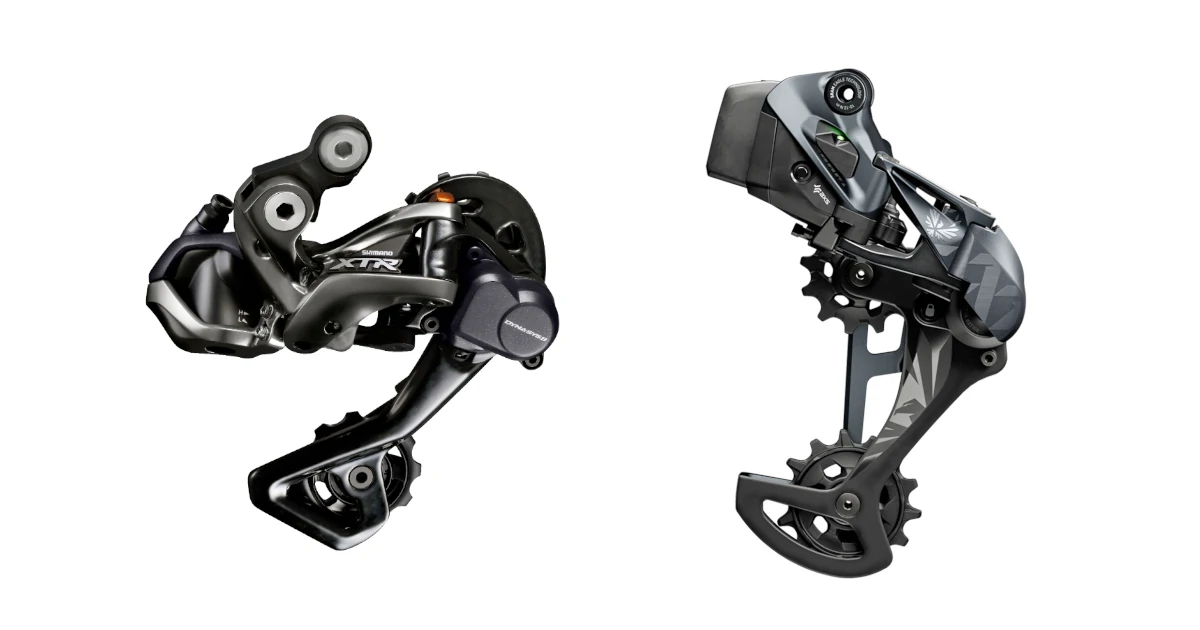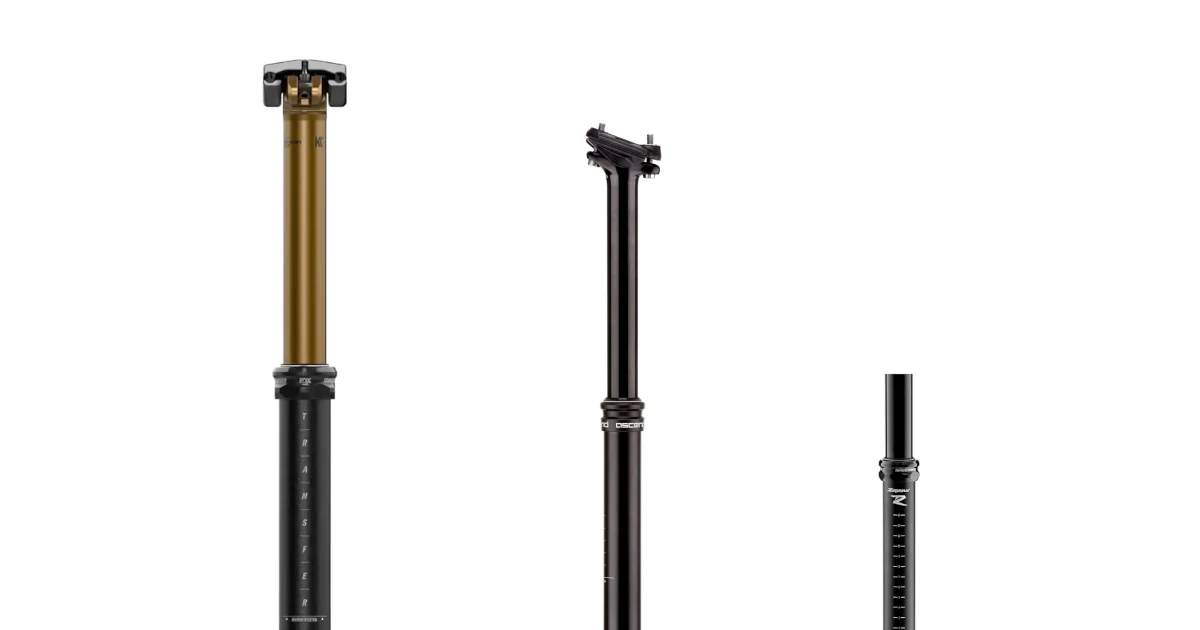Topics
NEW TOPICS
-
TPU Inner Tube: Features, Pros, and Cons for Road Bikes and MTB
TPU inner tubes are gaining attention as the third force in bicycle tires. We summarize its features, advantages and disadvantages of using it on Road bikes and MTBs, and major manufacturers.
-
Advantages and Disadvantages of Rearview Radar for Road Bikes
Rearview radar for road bikes are important accessories that increase safety when cycling. The following is a summary of their advantages and disadvantages and a comparison of specifications of major products.
-
Shimano Mechanical Brake Levers for MTB and Hybrid Bike
Shimano mechanical brake levers are now few and far between. The following is a summary of the current model lineup, specifications, and compatible components.
-
Summary of electric components for MTB
This section summarizes the types of electric components for MTB and the advantages and disadvantages of each.
-
MTB Dropper Seatposts: Types and Considerations
The dropper seat post is becoming a "must-have" part for MTB. Here we summarize the lineup, specifications, and features of dropper seatposts for MTB from major manufacturers, as well as a comparison of each manufacturer and points to consider when choosing a dropper seatpost.
-
SRAM Component Grades and Compatibility Summary for MTB
This section summarizes the grades, features, and compatibility of SRAM's Eagle series of components for MTB, as well as the electric component AXS and the latest component, Eagle Transmission.
-
Choosing SRAM MTB Sprockets: Compatibility and Key Considerations
SRAM components are being increasingly adopted in entry-grade MTB. In this issue, we summarize SRAM's sprockets for MTB and points to consider when choosing one.
-
12-speed sprockets for MTB compatible with Shimano Free Hub(HG spline)
We have put together a 12-speed sprocket that is not part of Shimano's 12-speed lineup for MTB. With this one, it is possible to convert to 12-speed with a conventional Shimano Free Hub (HG spline) without upgrading the wheels.
-
MTB suspension fork interchangeability standard! You definitely want to check when replacing.
When it comes to serious MTB customization, suspension fork upgrades are the way to go. However, there are various standards for MTB suspension forks, and if you choose the wrong one, it may not work at all.
-
Shimano MTB sprocket and wheel compatibility summary
This section summarizes the compatibility of Shimano's sprockets and wheels (free bodies) for MTB, which are a mixture of old and new standards, the latest Micro Spline and the previous HG spline, and what to look out for when purchasing.
-
MTB End Standards: What to Consider When Buying
Detailed explanation of MTB end standards! What is the boost standard? What is the end width that fits your MTB, points to keep in mind when buying an MTB, etc.
-
MTB wheel standards and how to choose one without fail.
The following is an overview of MTB wheel standards, their compatibility, and how to choose the right wheel for you.
-
What is a Tire Insert? Advantages and Disadvantages
This section summarizes what tire inserts are and the advantages and disadvantages of using them, which have been attracting attention along with the spread of tubeless tires and have recently been used in professional road racing.
-
Shimano disc brake pad types and compatibility
This section summarizes the types of Shimano disc brake pads, the differences between models, and compatible brake calipers.
-
TPI, Compound, Tread? Understanding Bicycle Tire Specifications
When looking for items to upgrade your road, MTB, or gravel bike tires, technical terms such as TPI, compound, and pattern appear in the descriptions. At first glance, tire specifications may seem difficult to understand, but if you keep only the important details in mind, your tire selection will be enhanced.
-
Torque Wrench: Advantages and Disadvantages of Torque Management
A torque wrench is a useful tool to have if you want to properly maintain your road bike or MTB. The following is a summary of what a torque wrench is and the advantages and disadvantages of torque management.
-
Perfect Guide: How to Raise Tubeless Tire Bead
Bead raising is an essential task with tubeless tires. However, there are times when it is easy to raise the bead, and other times when it does not raise at all despite your best efforts. In this issue, we will introduce a method to raise the bead of a tubeless tire that will not raise, considering the cause.
-
Bicycle Disc Rotor Distortion: Causes and Correction
If you hear a strange "shuffling" noise coming from the disc rotor area of your disc brake bicycle, it could be disc rotor distortion. This section summarizes why disc rotor distortion occurs and how to correct the distortion.
-
Tubeless Booster and Air Pumps with Booster: Pros and Cons, how to choose
The booster simplifies bead raising, which is the most difficult part of tubeless installation. We have compiled a list of air pumps with booster(boost functions) that are reassuring to have one.
-
Hookless Rim: Advantages, Disadvantages, and Considerations
Many "hookless rim" wheels are lightweight and cost-effective. What is hookless? We have compiled a list of advantages and disadvantages of hookless, as well as points to keep in mind when choosing.
-
What is the ASTM standard for bicycle wheels?
What is the ASTM standard for bicycle wheels? We have compiled a list of points to note when choosing a wheel.
-
How to Handle Flat Tires with Tubeless and Tubeless-Ready Tires
Tubeless tires have seen a dramatic increase in the number of users over the past few years. Even with tubeless and tubeless ready tires, punctures cannot be reduced to zero. The following is a summary of the causes of punctures and how to deal with them.
-
How to check compatible tires from wheel specs
When trying to change tire thickness on a road bike or other sport bicycle, it is important to know what tire size the wheel will allow. In this article, we will show you how to find out which tires are compatible with your wheel based on its specifications.
-
What is a tubeless valve? Types and How to Choose
The tubeless valve is an essential item for tubeless use. What is a tubeless valve, tubeless valve types, and how to select one are summarized below.
-
SRAM's XDR and XD: What's the Difference from Shimano?
The following is a summary of SRAM's proprietary XD and XDR standards, what makes them different from Shimano's, and what to look for when purchasing.
-
Summary of Shimano wide ratio sprockets for road bikes
Shimano wide-ratio sprockets for road bikes are listed here, including compatibility by step number.
-
12-Speed chains compatible with Shimano Road Bike and MTB Components
We have compiled a list of 12-speed chains that can be used with Shimano road bike and MTB components. Also about chain compatibility with chains from manufacturers other than Shimano.
-
Bicycle Disc Brake Mounts: Recognition and Adapter Selection
Mounting adapters for bicycle disc brakes are essential when changing calipers with different standards or rotor sizes. This section explains the types of mount adapters, how to recognize them, and the model numbers of Shimano's mount adapters.
-
Center Lock Locking Rings: Inside and Outside Serrations
There are two types of lock rings for center locking disc brakes, inner serration and outer serration. The following is a summary of the differences and how to select the right one.
-
Summary of mechanical disc brake calipers for road use
Mechanical disc brake calipers are easy to maintain and a low-cost way to upgrade from rim brake components to disc brakes. We have lined up models from major manufacturers and compared them.
-
What is a Through Axle? Types and How to Choose
Through-axle is becoming a major fixation method for disc brake wheels. What is a through-axle? Here is a summary of what types are available.
-
700C vs 650B: Pros and Cons
With the popularity of gravel road bikes and the spread of disc brakes, the choice of road bike wheel size has become not only the standard 700C, but also 650B. In this issue, we will look at the differences between 700C and 650B, and the advantages and disadvantages of each.
-
Types of disc brake rotors and how to select them
Disc brake rotors are an unassuming part, but they have a significant impact on the effectiveness of disc brakes. We have compiled a list of the different types of rotors, how to select one, and the lineup of rotors from major manufacturers.
-
Advantages and disadvantages of using a power meter
Power meters are used by users who do serious riding on road bikes and MTBs. This section summarizes the advantages and disadvantages of using a power meter, and whether a power meter is necessary for beginners.
-
Disc brake pad types and selection
Brake pads are installed on the calipers of disc brakes. In fact, there are multiple types in terms of material and shape. The following is a summary of disc brake pad types and how to select the right one.
-
Summary of Shimano's power meters
This section summarizes the features of Shimano's power meters, the differences between models, and how to select one.
-
Summary of 4iiiii power meters
The following is a summary of the differences between 4iiiii's power meters.
-
Hex Wrench Sizes for Road Bike Maintenance
For those who will be servicing their road bikes, we have compiled a list of hex wrench sizes that are commonly used for road bike maintenance and that you should have available.
-
Bicyble Tire Tube Material Differences and Selection
There are two types of bicycle tire tubes, latex tube and butyl tube. The following is a summary of the differences between the two and which one you should choose.
-
Guide to Choosing Binding Pedals for Road Bikes
Binding pedals allow you to ride faster and more efficiently on your road bike. In this article, we will thoroughly explain what to look for when choosing binding pedals.
Sponsored Link
